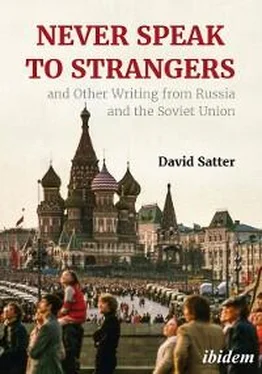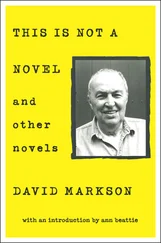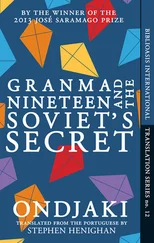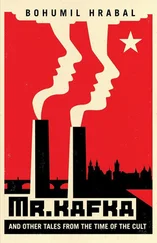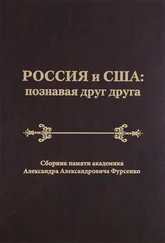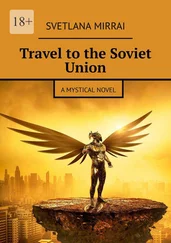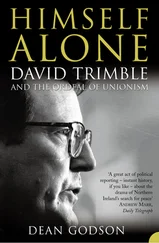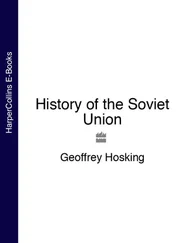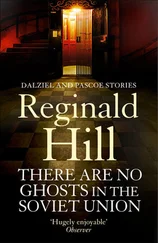Allowing individual factory managers greater freedom to make economic decisions on economic grounds would not have direct political consequences. But the element of economic democracy represented by local decision-making would indirectly create greater possibilities for political democracy because economic discussion inevitably touches on questions of policy.
Under the Soviet system the State, which is ruled by the Party, must have full authority in all areas including the economy. Even the seemingly innocuous decentralisation of economic decision-making would weaken the authority of the Central Government.
This is why, despite Mr. Brezhnev’s threat to replace officials who fail to meet their targets, the decline of the Soviet economy is likely to continue throughout the next decade, leading to ideological vulnerability and public discontent, and giving the authorities an object lesson in the limits of centralised power.
Financial Times, Friday, December 21, 1979
Josef Stalin’s Legacy Leaves
Soviet Leaders in Dilemma
Each member of the older generation will be left with his own memories, but no official celebration is planned today for the 100th anniversary of the birth of Josef Stalin and few people are expected at the Kremlin Wall to lay flowers at the former dictator’s grave.
Josef Vissarionovich Djugashvili, the man known as Stalin, literally “man of steel” created the modern Soviet state. But the Soviet authorities show little inclination either to glorify or condemn him. Sometimes it seems that they would prefer most of all to forget him.
The dilemma posed by Stalin springs from the fact that he turned the Soviet Union into a totalitarian state. Though the present leaders may want to disassociate themselves from his crimes, they continue to exercise absolute power through the structure he created.
Kommunist, the Communist Party’s theoretical journal, tried to draw a distinction this week between Stalin and the Soviet system. The journal said Stalin’s career had both positive and negative sides but that the “negative phenomena,” namely “Stalin’s crude abuses of power,” did not reflect the nature of the Soviet system, only the distortions of the “personality cult.”
The only serious Soviet attempt to come to terms with the consequences of Stalin’s rule was made by Nikita Khrushchev, the former Soviet premier who authorised publication of Alexander Solzhenitsyn’s “One Day in the Life of Ivan Denisovich.”
Between 1962 and 1964 there was a sharp increase in historical and sociological research into the Stalin period. But when Khrushchev was removed, at the October 1964 plenum, this research and the publication of literature about Stalin came to an end.
There is now a basic lack of comprehension about Stalin in the Soviet Union, both on the part of ordinary people who remember how soldiers threw themselves under tanks shouting “For country, for Stalin, for mother,” and on the part of Soviet officials who, anxious for respectability, prefer not to dwell on how the regime was established.
By today’s standards, the first years of Soviet power under Lenin were open and democratic. Lenin used terror but he operated on the Marxist assumption that the need for repressive measures was temporary. The Press wrote frankly about famine and disasters, and there was intensive intra-party debate. Censorship was comparatively lax. Even the memoirs of White Army generals were officially published.
Stalin put his imprint on the Soviet State by effectively gathering all power into his own hands and then, through mass indiscriminate terror, putting an end to the diversity Lenin had tolerated. Stalin put to death 90 per cent of the members of the 1934 Central Committee during the purges of 1937 and 1938 and also most of the staff personnel who worked in the Central Party apparatus.
When Aldo Moro, the Italian Christian Democratic leader, was kidnapped by the Red Brigades last year, the Soviet Press expressed its outrage that the Red Brigades might be associated in some people’s minds with the Soviet Union. In fact no imagined regime run by the Brigades could prove more pitiless than the regime actually established by Stalin.
If total fear deprives people of human qualities and turns them into examples of the animal species Man then it was no accident that in 1937, when the terror reached its apex, a foreign resident found that Russians she approached on the streets “scattered like mice.”
The surrealism of Soviet political life, in which everything accomplished through compulsion is said to be voluntary and a population which dare not speak out is depicted as unanimous behind the Party’s policies, reflects a tradition established by Stalin. While secretly sending millions to their deaths, he spoke publicly of the need to be responsive to the wishes of the people and to treat individuals with the tenderness a gardener shows to a delicate plant.
There will never be a precise figure for the number of blameless persons sent to their deaths by Stalin. No family was untouched, and the figure of 20m cited by Western historians may be realistic.
The regime Stalin created made it possible for a single man whose outstanding characteristics were deviousness and crudity to bring an entire country to its knees. The Soviet Union after 1930 gave the impression of a land of total unanimity in which Stalin’s wishes were law. Stalin chose to eliminate even the possibility of opposition and elements of the realm he created are clearly visible in Soviet life today.
The Soviet political system concentrates power today as effectively as it did in Stalin’s day. The last policy debate inside the party occurred under Stalin, in 1929. It was on collectivisation and Nikolai Bukharin, the Politburo member who argued for a moderate approach, was tried nine years later as a German spy and shot.
The present Politburo meets in secret; 26 years after Stalin’s death, there has not been a single case of a policy being debated in the lower party ranks. Even when Khrushchev was removed from power in 1964 and the charges against him were read out at local party meetings, people were not allowed to discuss the charges but only to ask questions. The notion of the party as the all-powerful instrument of a ruler or ruling elite comes from Stalin.
Stalin both realised Marxist ideology and discarded it, and this pattern too has become characteristic of the Soviet State. The development of the Soviet Union’s “productive forces” predicted by Marx did not happen of its own accord, so he strengthened the repressive power of the State, which—also according to Marx—was supposed to fade away. He then pretended the repression did not exist.
Stalin greatly intensified the system of censorship established by Lenin and sought through it to control all published or broadcast information. He wanted to eliminate any research which directly or indirectly cast doubt on the value of the Soviet system and he wanted all art to reflect his personal taste.
Today this system has been liberalised. Foreign radio broadcasts are no longer jammed. Some previously banned poets, such as Mandelstam, Tsvetayeva and Akhmatova, are now published in limited form. Information remains curbed but the goal now is not to programme individuals but simply to make it impossible for the average citizen to form a coherent view of the outside world.
Stalin also affected the structure of Soviet ambition. The old Bolsheviks who were shot in 1937–38 were replaced by cadres completely loyal to him personally. Each of the old Bolsheviks had a long political biography, but the young men promoted rapidly to take their places had little political experience and were in no position to gain any under the conditions of terror. Their satisfaction came from career advancement; and Soviet careerism has proved as apolitical and ideologically indifferent as any in the West.
Читать дальше
